
Matina: The Heartbeat of Davao City
Discover Matina District in Davao City: A perfect blend of urban excitement and peaceful relaxation, with vibrant nightlife, serene beaches, and rich cultural experiences.
Matina District in Davao City is a vibrant and diverse neighborhood that captures the essence of Philippine culture and hospitality. Nestled between the bustling city center and the tranquil suburbs, Matina offers tourists a perfect blend of urban excitement and peaceful relaxation. Its strategic location makes it an ideal spot for exploring the many attractions Davao City has to offer. From the famous Matina Town Square, where live music and local performances bring the evenings to life, to the serene Matina Aplaya Beach, where you can unwind and enjoy the sunset, this district has something for every traveler. Food enthusiasts will be delighted by the variety of dining options available, from street food stalls offering local delicacies to upscale restaurants serving international cuisine. Matina is also home to several parks and recreational areas, such as the People’s Park and Davao Crocodile Park, offering family-friendly activities and a chance to connect with nature. For shopping enthusiasts, the NCCC Mall of Davao provides a wide range of retail options, ensuring you can find everything you need during your stay. Whether you're seeking adventure, relaxation, or a taste of local culture, Matina District is a must-visit destination in Davao City.
Local tips in Matina District
- Visit Matina Town Square in the evening for live music and local performances.
- Try the street food near Matina Aplaya Beach for an authentic taste of local cuisine.
- Spend a day at People’s Park for family-friendly activities and a relaxing atmosphere.
- Shop at the NCCC Mall of Davao for a wide range of retail options.
- Include a stop at Davao Crocodile Park to get close to local wildlife.
Matina: The Heartbeat of Davao City
Matina District in Davao City is a vibrant and diverse neighborhood that captures the essence of Philippine culture and hospitality. Nestled between the bustling city center and the tranquil suburbs, Matina offers tourists a perfect blend of urban excitement and peaceful relaxation. Its strategic location makes it an ideal spot for exploring the many attractions Davao City has to offer. From the famous Matina Town Square, where live music and local performances bring the evenings to life, to the serene Matina Aplaya Beach, where you can unwind and enjoy the sunset, this district has something for every traveler. Food enthusiasts will be delighted by the variety of dining options available, from street food stalls offering local delicacies to upscale restaurants serving international cuisine. Matina is also home to several parks and recreational areas, such as the People’s Park and Davao Crocodile Park, offering family-friendly activities and a chance to connect with nature. For shopping enthusiasts, the NCCC Mall of Davao provides a wide range of retail options, ensuring you can find everything you need during your stay. Whether you're seeking adventure, relaxation, or a taste of local culture, Matina District is a must-visit destination in Davao City.
Iconic landmarks you can’t miss
People’s Park Davao
Discover the beauty of People's Park Davao, a cultural gem featuring stunning sculptures, lush gardens, and a serene atmosphere perfect for relaxation.
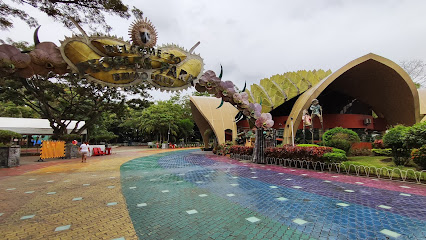
Matina Town Square
Experience the vibrant blend of shopping, dining, and nightlife at Matina Town Square, a must-visit destination in Davao City.
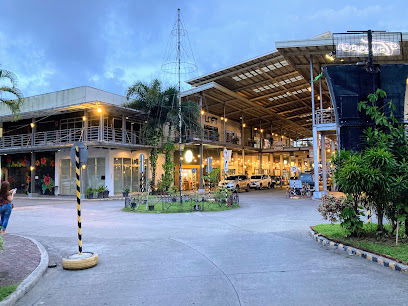
Japanese Tunnel
Discover the historical significance of the Japanese Tunnel in Davao City, an enriching experience for families and history enthusiasts alike.

Osmeña Park
Experience the tranquility and cultural richness of Osmeña Park, a serene escape in the heart of Davao City.
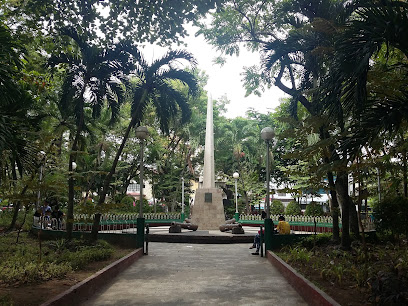
Museo Dabawenyo
Explore Davao's rich cultural heritage at Museo Dabawenyo, a local history museum showcasing the region's vibrant past and traditions.
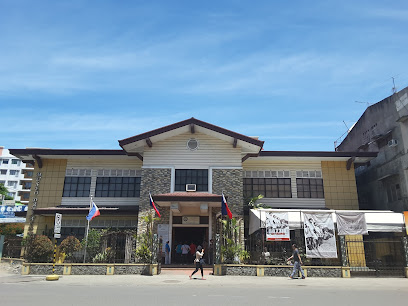
Botanical Garden
Explore the enchanting Botanical Garden in Davao City, a vibrant sanctuary showcasing rich biodiversity and serene landscapes perfect for relaxation.
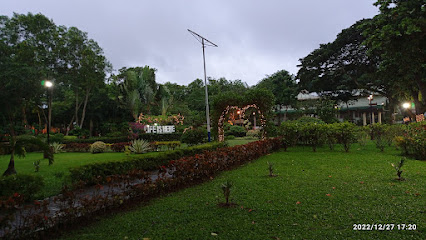
New Davao Matina Gallera
Experience the thrill of traditional Filipino cockfighting at New Davao Matina Gallera, a cultural landmark in Davao City, Philippines.
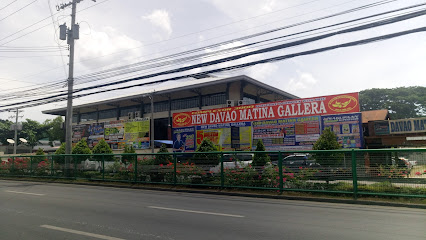
Davao Global Township
Explore the Davao Global Township, a vibrant business park offering a fusion of modernity, culture, and leisure in the heart of Davao City.
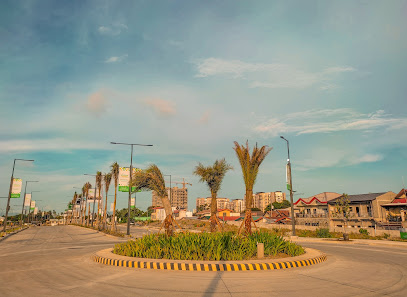
The Commemorative Monument of Peace and Unity
Explore Davao City's Commemorative Monument of Peace and Unity, a symbol of resilience and harmony amidst vibrant local culture.
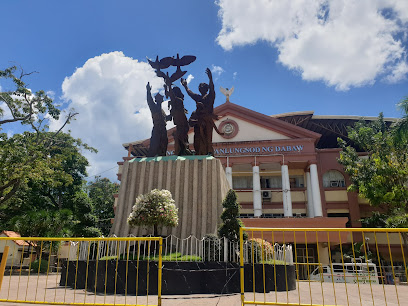
Baywalk
Discover the serene beauty of Baywalk in Davao City, a perfect park for relaxation, stunning sunset views, and family-friendly outdoor activities.
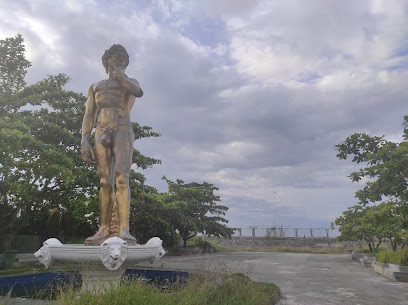
Shrine hills matina
Explore the tranquil beauty and spiritual significance of Shrine Hills Matina in Davao City, a perfect escape into nature's embrace.
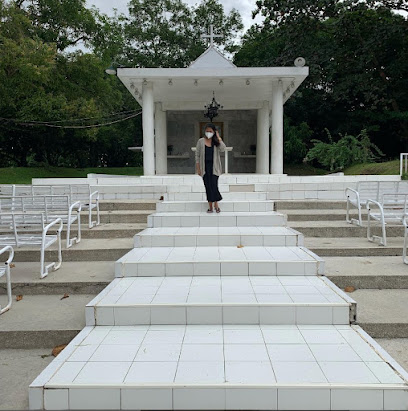
Unmissable attractions to see
Rizal Park
Discover the beauty and history of Rizal Park, a tranquil urban escape in Davao City with lush landscapes and cultural significance.

D' Bone Collector Museum
Explore the fascinating world of bones and zoology at D' Bone Collector Museum in Davao City, a must-visit natural history destination for all ages.
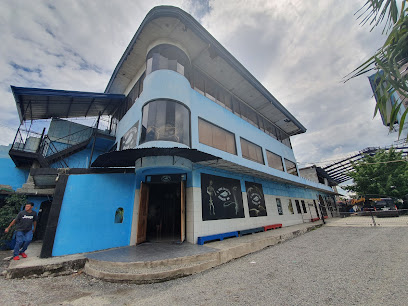
Botanical Garden
Experience the lush beauty and tranquility of Davao's Botanical Garden, a vibrant haven for nature lovers and explorers alike.
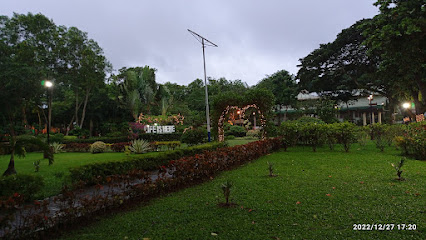
Davao Butterfly Garden
Explore the Davao Butterfly Garden, a serene botanical haven filled with vibrant butterflies and lush flora in Davao City, Philippines.
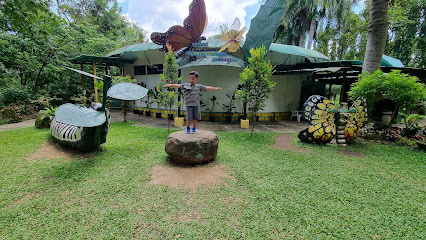
Quezon Park
Immerse yourself in the tranquility of Quezon Park, a lush and vibrant green space in the heart of Davao City, perfect for relaxation and family fun.
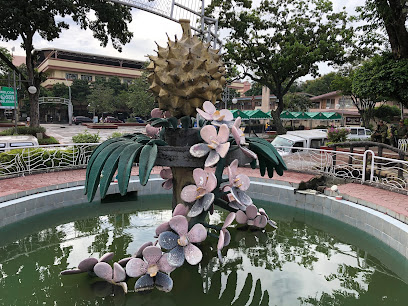
Baywalk
Discover the beauty of Davao City at Baywalk, a tranquil park offering stunning views of the Davao Gulf and a perfect place for relaxation.
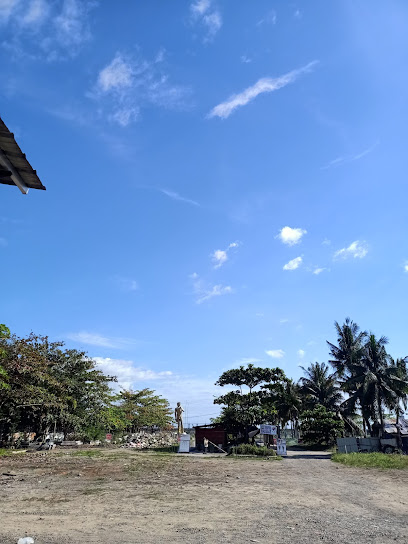
Essential places to dine
The Swiss Deli & Restaurant - Matina
Discover authentic Swiss cuisine at The Swiss Deli & Restaurant in Matina - a delightful fusion of flavors awaits every visitor.

New Davao Famous Restaurant - Matina Branch
Experience authentic Filipino cuisine at New Davao Famous Restaurant - Matina Branch; a culinary destination brimming with local flavors.
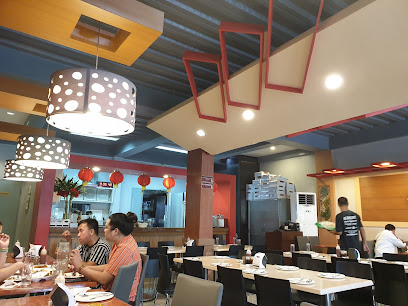
24 Chicken - Matina-Davao
Experience mouthwatering chicken dishes at 24 Chicken - Matina in Davao City, where flavor meets tradition in every bite.
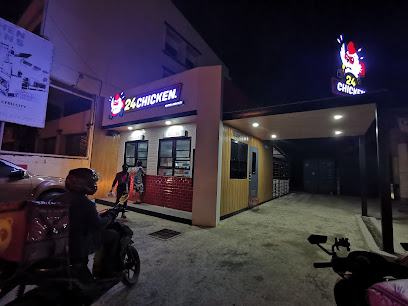
The Good Food Co.
Experience authentic Filipino flavors at The Good Food Co., where traditional dishes come alive in a cozy setting.
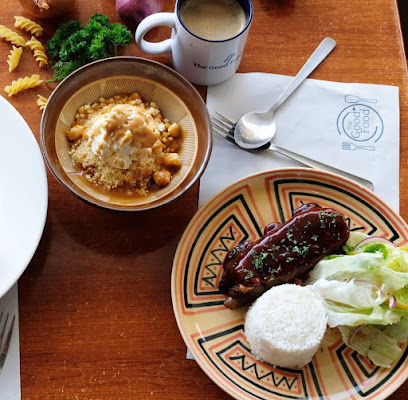
EAT & RUN DAVAO
Discover a buffet paradise at Eat & Run Davao, where diverse flavors meet warm hospitality in every bite.
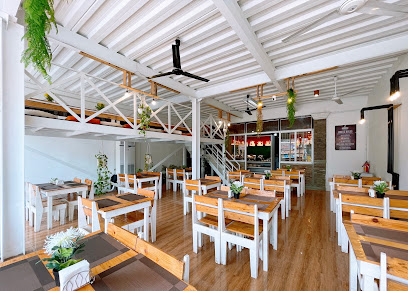
Pidoks Restaurant Matina Branch
Experience authentic Filipino cuisine at Pidoks Restaurant in Davao City—where delicious flavors meet warm hospitality.
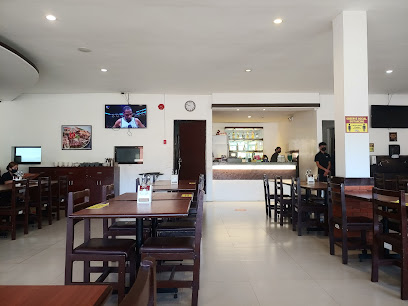
Apo Pearl Restaurant
Experience authentic Filipino cuisine at Apo Pearl Restaurant in Davao City—where every dish tells a story of culture and flavor.
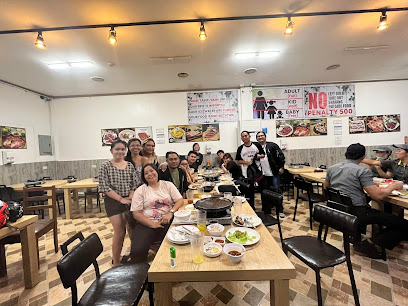
Donum Dei Cafe and Restaurant
Discover authentic Filipino cuisine at Donum Dei Cafe and Restaurant in Davao City - a delightful dining experience awaits.
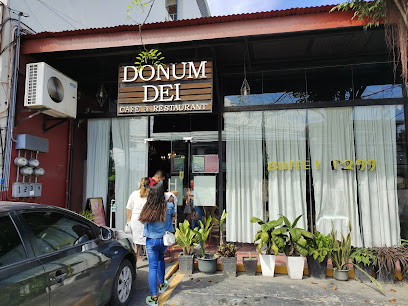
Made Simple
Discover Davao's culinary delight at Made Simple Restaurant - where local flavors meet exceptional service in a cozy atmosphere.
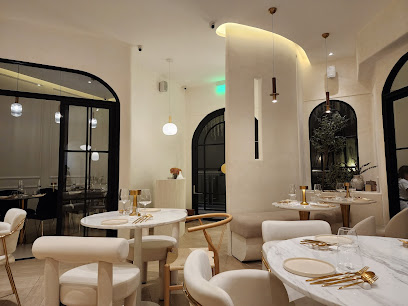
Davao's Food Avenue
Discover the best culinary delights at Davao's Food Avenue - from gourmet burgers to artisanal pizzas in an inviting atmosphere.
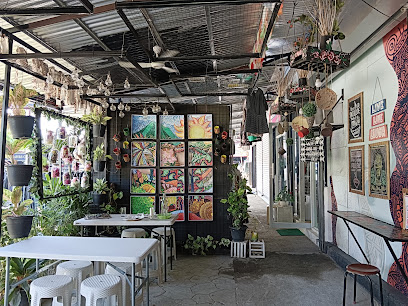
Markets, malls and hidden boutiques
Matina Town Square
Discover the vibrant Matina Town Square in Davao City, a shopping mall that combines retail, dining, and nightlife for an unforgettable experience.
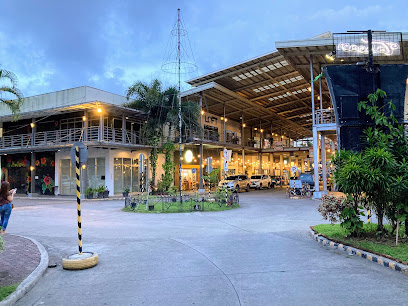
CENTER POINT Plaza
Explore CENTER POINT Plaza, Davao City's vibrant shopping mall, where shopping, dining, and local culture come together for an unforgettable experience.
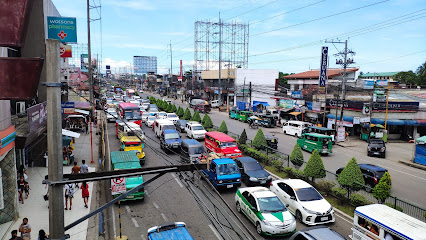
NCCC Supermarket- Centerpoint
Discover a vibrant shopping experience at NCCC Supermarket - Centerpoint, where local flavors meet convenience in Davao City.

Coastal Store
Explore the Coastal Store in Davao City for a unique selection of local snacks, gifts, and essentials, capturing the essence of Davao culture.

PrettyLittleStuff
Explore PrettyLittleStuff in Davao City for unique souvenirs and local crafts that embody the spirit of the Philippines.
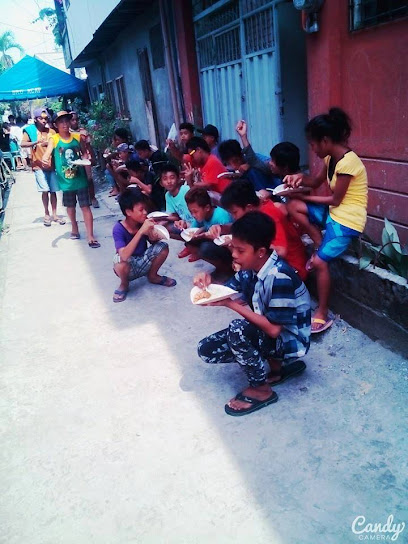
NIñOFRANCO
Experience the best of Davao's fashion scene at NIñOFRANCO, where local style meets contemporary elegance in a stylish setting.
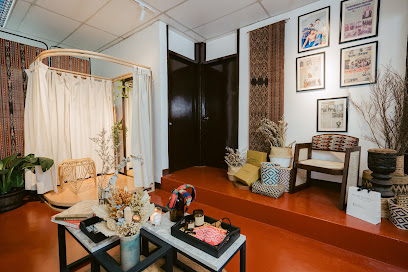
Kultura Filipino - Davao, The SM Store
Explore Kultura Filipino in Davao for authentic souvenirs and a rich showcase of Filipino culture and craftsmanship.

Shopnest Store
Explore the vibrant Shopnest Store in Talomo, Davao City, for an unforgettable shopping and dining experience.
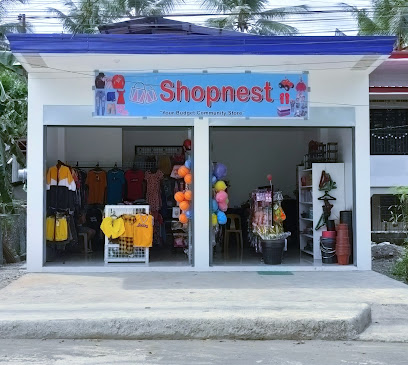
Souvenirs and Giveaways Davao
Discover the spirit of Davao at Souvenirs and Giveaways Davao, where unique local crafts and heartfelt souvenirs await every traveler.
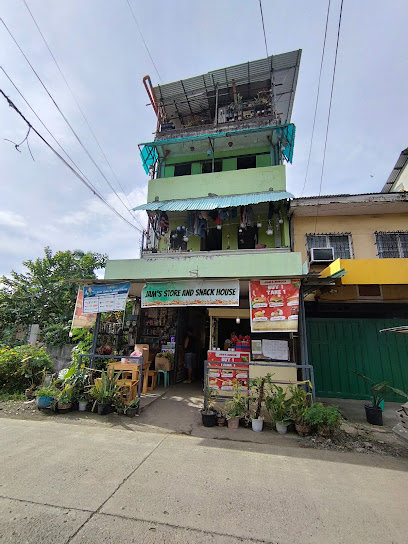
Jamora's Store
Discover Jamora's Store in Davao City - your go-to destination for local snacks, drinks, and unique souvenirs in New Visayas Village.

Essential bars & hidden hideouts
Jack's Ridge
Experience the best of Filipino cuisine with stunning views at Jack's Ridge in Davao City, a must-visit culinary destination.

Jade By The Sea Resto Bar
Savor the flavors of Davao at Jade By The Sea Resto Bar, where delicious cuisine meets stunning ocean views in a lively atmosphere.
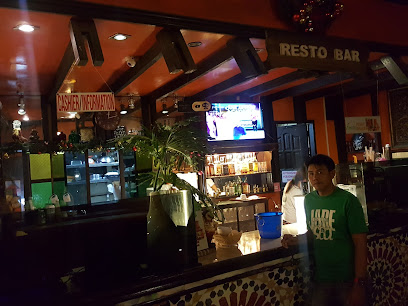
ROOFTOP Café Bar
Discover the enchanting ROOFTOP Café Bar in Davao City, where delectable flavors meet breathtaking views for an unforgettable dining experience.
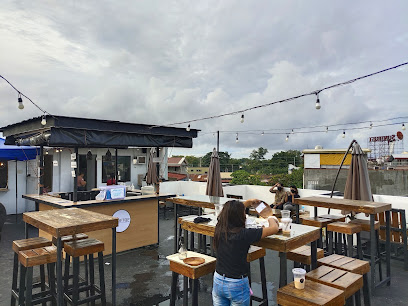
Secret Spot Davao
Experience Davao's nightlife at Secret Spot Davao, where vibrant ambiance meets delicious drinks and live music.
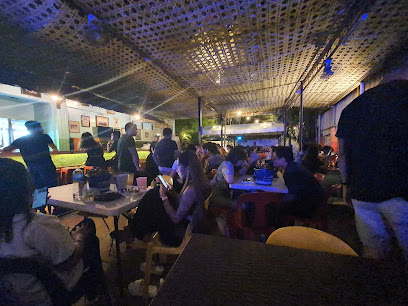
801 Infinity Restobar
Discover the vibrant nightlife of Davao City at 801 Infinity Restobar, where delicious food and expertly crafted cocktails await.
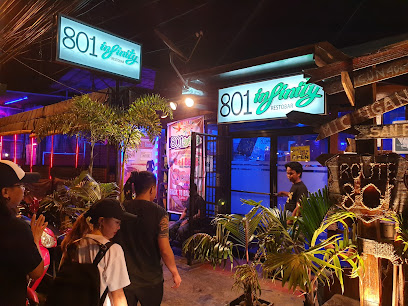
Rustic Corner Bar & Grill
Experience the best of Davao's culinary scene at Rustic Corner Bar & Grill, where local flavors meet a welcoming atmosphere.
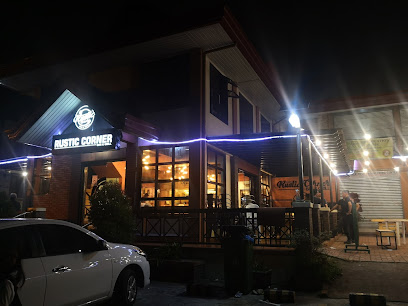
Cuts Resto Studio
Experience the vibrant nightlife of Davao City at Cuts Resto Studio, where refreshing drinks and a lively atmosphere await.

Full Bar Gastropub
Full Bar Gastropub in Davao City: A vibrant nightlife hub offering delicious food, crafted cocktails, and live DJ entertainment for an unforgettable experience.
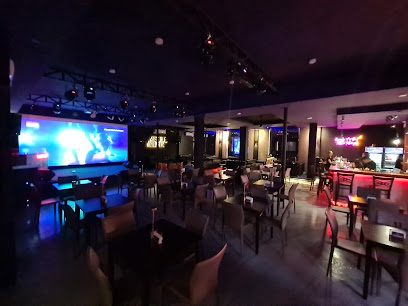
The Weekend Bar
Discover the vibrant nightlife of Davao City at The Weekend Bar, where local culture meets a welcoming atmosphere and live music.
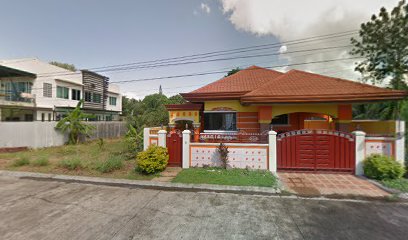
Alcoholics Bar and Cocktail Lounge
Experience vibrant nightlife at Alcoholics Bar and Cocktail Lounge, where stunning beach views meet expertly crafted cocktails in Davao City.
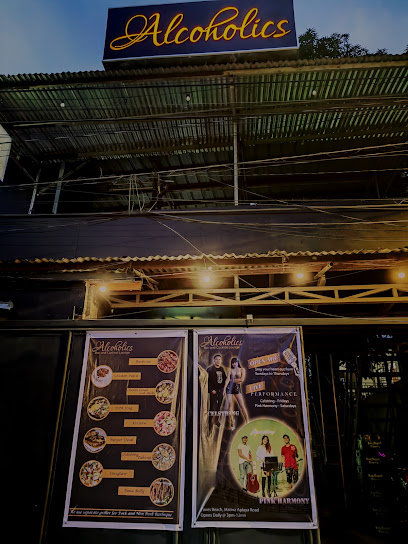
Local Phrases
-
- HelloKamusta
[ka-mus-ta] - GoodbyePaalam
[pa-a-lam] - YesOo
[o-o] - NoHindi
[hin-di] - Please/You're welcomeMangilag
[man-gi-lag] - Thank youSalamat
[sa-la-mat] - Excuse me/SorryPasensya
[pa-sen-sya] - How are you?Kamusta ka?
[ka-mus-ta ka?] - Fine. And you?Mabuti. Ikaw?
[ma-bu-ti. i-kaw?] - Do you speak English?Marunong ka mag-Ingles?
[ma-ru-nong ka mag-ing-les?] - I don't understandHindi ko maintindihan
[hin-di ko main-tin-di-han]
- HelloKamusta
-
- I'd like to see the menu, pleaseGusto ko makita ang menu, pakisuyo
[gus-to ko ma-ki-ta ang me-nu, pa-ki-su-yo] - I don't eat meatHindi ako kumakain ng karne
[hin-di a-ko ku-ma-kain ng kar-ne] - Cheers!Tagay!
[ta-gay!] - I would like to pay, pleaseGusto ko magbayad, pakisuyo
[gus-to ko mag-ba-yaad, pa-ki-su-yo]
- I'd like to see the menu, pleaseGusto ko makita ang menu, pakisuyo
-
- Help!Tulong!
[tu-long!] - Go away!Lumayo ka!
[lu-ma-yo ka!] - Call the Police!Tawag sa Pulis!
[ta-wag sa pu-lis!] - Call a doctor!Tawag sa doktor!
[ta-wag sa dok-tor!] - I'm lostNawawala ako
[na-wa-wa-la a-ko] - I'm illMay sakit ako
[may sa-kit a-ko]
- Help!Tulong!
-
- I'd like to buy...Gusto ko bumili ng...
[gus-to ko bu-mi-li ng...] - I'm just lookingNagtitignan lang ako
[nag-ti-tig-nan lang a-ko] - How much is it?Magkano ito?
[mag-ka-no i-to?] - That's too expensiveMasyadong mahal 'yan
[ma-sya-dong ma-hal yaan] - Can you lower the price?Pwede bang babaan ang presyo?
[pwe-de bang ba-baan ang pre-syo?]
- I'd like to buy...Gusto ko bumili ng...
-
- What time is it?Anong oras na?
[a-nong o-ras na?] - It's one o'clockAlas-una na
[a-las u-na na] - Half past (10)Alas-dyes y medya
[a-las-dyes y med-ya] - MorningUmaga
[u-ma-ga] - AfternoonHapon
[ha-pon] - EveningGabi
[ga-bi] - YesterdayKahapon
[ka-ha-pon] - TodayNgayon
[nga-yon] - TomorrowBukas
[bu-kas] - 1Isa
[i-sa] - 2Dalawa
[da-la-wa] - 3Tatlo
[tat-lo] - 4Apat
[a-pat] - 5Lima
[li-ma] - 6Anim
[a-nim] - 7Pito
[pi-to] - 8Walo
[wa-lo] - 9Siyam
[si-yam] - 10Sampu
[sam-pu]
- What time is it?Anong oras na?
-
- Where's a/the...?Nasaan ang...?
[na-sa-an ang...?] - What's the address?Ano ang address?
[a-no ang ad-dres?] - Can you show me (on the map)?Pwede mo ba akong ipakita (sa mapa)?
[pwe-de mo ba a-kong i-pa-ki-ta sa ma-pa?] - When's the next (bus)?Kailan ang susunod na (bus)?
[kai-lan ang su-su-nod na bus?] - A ticket (to ....)Isang tiket (papunta sa ....)
[i-sang ti-ket pa-pun-ta sa ....]
- Where's a/the...?Nasaan ang...?
History of Matina District
-
Matina District, like much of Davao City, has roots that stretch back to the pre-colonial era, when it was home to indigenous groups such as the Bagobo and Mandaya. These communities engaged in farming, fishing, and trade, utilizing the area's rich natural resources. The local culture was deeply intertwined with animistic beliefs and rituals, which continue to influence the region's cultural practices today.
-
During the Spanish colonization in the late 16th century, Davao City, including Matina, saw the arrival of missionaries who sought to convert indigenous populations to Christianity. This period marked significant cultural shifts as new religious practices were introduced. The establishment of schools and churches laid the groundwork for the cultural landscape of the area.
-
The American colonial period, beginning in the early 20th century, brought about significant changes to Matina. Infrastructure development, including roads and bridges, facilitated trade and commerce. The establishment of agricultural programs led to the cultivation of crops such as abaca and rice, which became essential to the local economy and significantly changed the lifestyle of the residents.
-
During World War II, Matina, like the rest of Davao City, experienced the ravages of war and occupation. Japanese forces occupied the area, leading to significant disruptions in daily life and local economies. After the war, reconstruction efforts began, which included rebuilding infrastructure and homes, and returning to agricultural production, thus revitalizing the economy.
-
In recent decades, Matina District has undergone rapid urbanization and modernization. The influx of people from other regions has led to a diverse cultural tapestry, reflected in the vibrant markets, festivals, and community events. The growth of commercial establishments and residential areas has transformed Matina into a bustling urban neighborhood while still retaining elements of its rich cultural heritage.
Matina District Essentials
-
Matina District is easily accessible from various neighborhoods in Davao City. From downtown Davao, you can take a jeepney heading towards Matina; routes like 1, 2, or 3 will take you directly there. Alternatively, taxis and ride-hailing services such as Grab are readily available. If you are coming from Davao International Airport, a taxi ride to Matina District typically takes around 30 minutes depending on traffic.
-
Matina District is well-connected by public transportation, including jeepneys, tricycles, and taxis. Jeepneys are the most common and affordable way to navigate the area. For shorter distances, tricycles can be hired, which are a fun local transportation option. While there are no trains in Davao City, bicycle rentals can be found, and biking is a pleasant way to explore the neighborhood.
-
Matina District is generally safe for tourists, but it is important to remain vigilant. Areas near the Matina Aplaya can experience petty crime, so it's wise to avoid walking alone at night in these parts. Always keep your belongings secure and be cautious in crowded places. Overall, staying aware of your surroundings will contribute to a safer experience.
-
In case of emergency, dial 911 for police, fire, or medical assistance. The nearest hospital is the Davao Medical School Foundation Hospital, which offers comprehensive healthcare services. It is advisable to carry a copy of your travel insurance and have emergency contacts on hand. For minor health issues, local pharmacies can provide over-the-counter medications.
-
Fashion: Do wear light, modest clothing, especially when visiting religious sites. Don't wear overly revealing or inappropriate attire. Religion: Do respect local customs and practices; refrain from taking photos in sacred areas without permission. Public Transport: Do give up your seat to the elderly and pregnant women. Don’t engage in loud conversations or disrupt the peace in public transport. Greetings: Do greet locals with a smile and a friendly 'hello.' Don’t be overly familiar unless invited. Eating & Drinking: Do try local street food and enjoy meals with locals. Don’t waste food or leave food uneaten at communal meals as it is considered disrespectful.
-
To experience Matina District like a local, visit the weekly markets where you can find fresh produce, local delicacies, and handmade crafts. Engage with vendors and locals to learn about their products and stories. Don't miss visiting the nearby Matina Town Square, which often hosts cultural events and festivals. For a more authentic experience, try local dishes at small eateries (carinderias) instead of international chains.
Nearby Cities to Matina District
-
Things To Do in Cagayan de Oro
-
Things To Do in Camiguin
-
Things To Do in Siargao
-
Things To Do in Bohol
-
Things To Do in Zamboanga City
-
Things To Do in Cebu City
-
Things To Do in Manado
-
Things To Do in Boracay
-
Things To Do in Legazpi
-
Things To Do in Puerto Princesa
-
Things To Do in Palawan
-
Things To Do in Sandakan
-
Things To Do in Tagaytay
-
Things To Do in Manila
-
Things To Do in Koror Town










